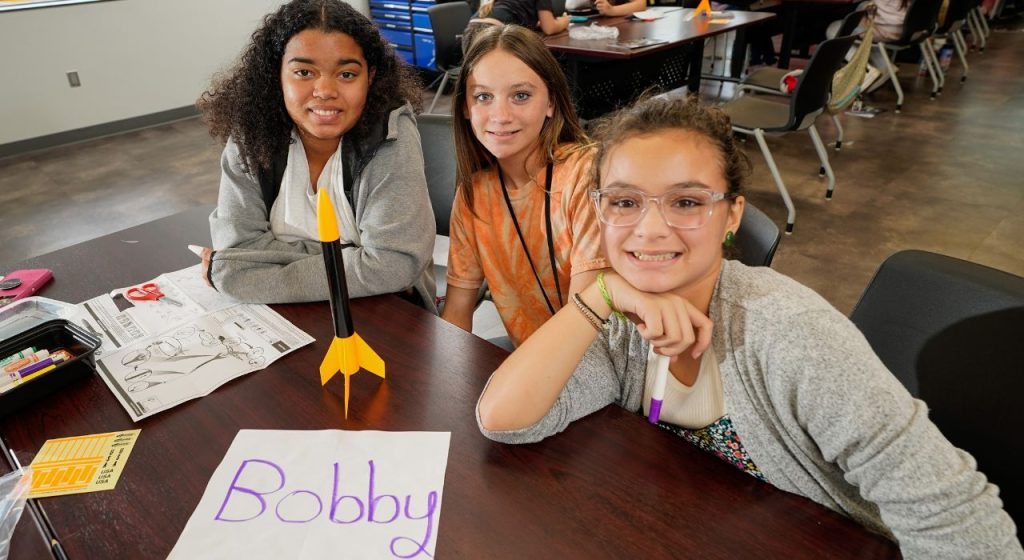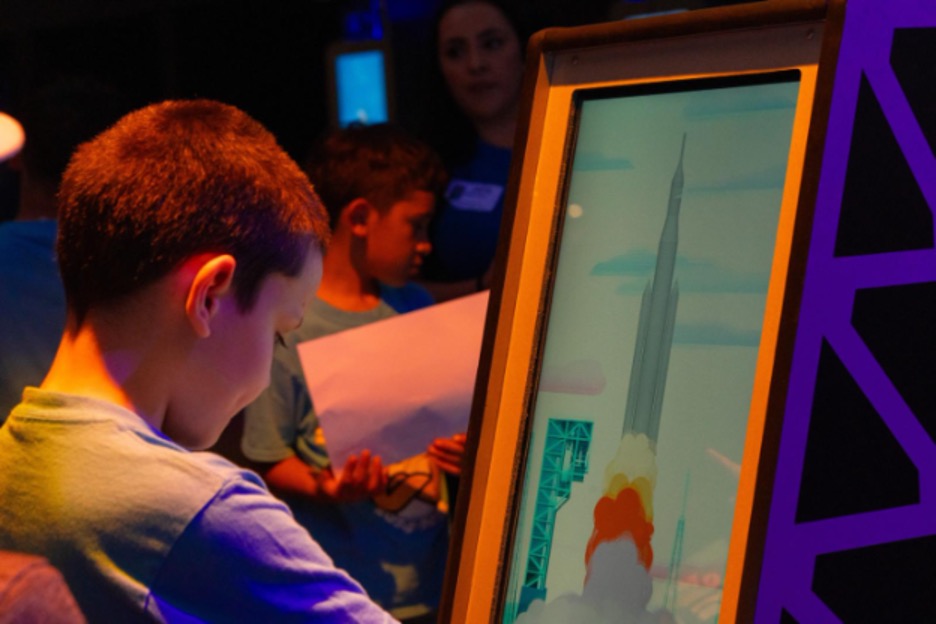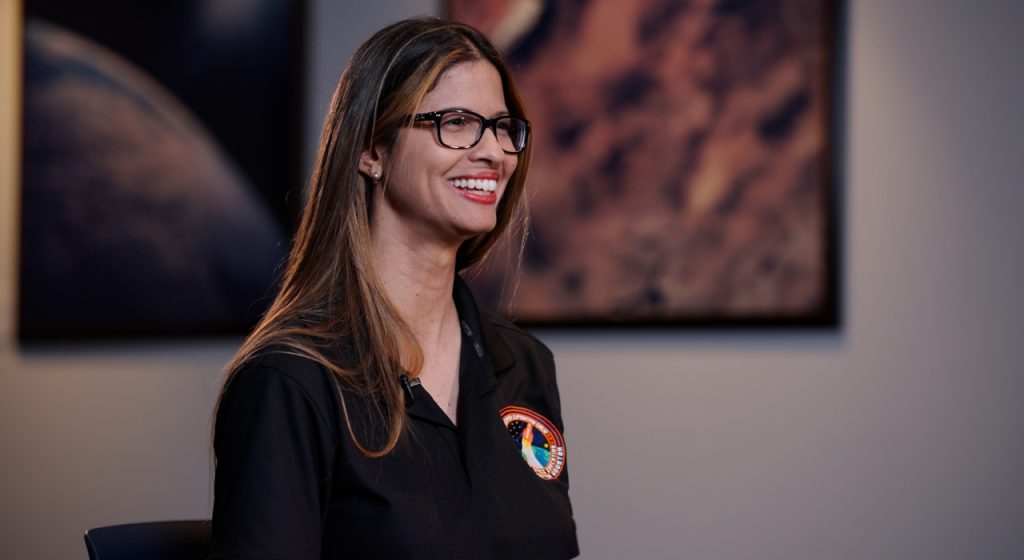
It’s Friday on this here blog, which means it’s time to highlight an astronaut. Today, we’ll be diving into the career of one of the active astronauts on the International Space Station right now. Dr. Serena Auñón-Chancellor was selected as an astronaut in 2009
1) She searched for meteorites
 |
Case Western Reserve University runs the Antartic Search for Meteorites (ANSMET) program, which is US-led field-based science project that recovers meteorite specimens from Antarctica. According to its website, the organization has recovered more than 21,000 specimens from the Transantarctic Mountains.
Though NASA doesn’t run the program, it’s supported through NASA’s Near Earth Orbit program and the Smithsonian Institute. The recovered specimens are shipped to NASA Johnson Space Center for research (after they’re thawed out).
Again, according to the ANSMET website, “the study of ANSMET meteorites has greatly extended our knowledge of the materials and conditions in the primeval nebula from which our solar system was born, revealed the complex and exotic geologic nature of asteroids, and proved, against the conventional wisdom, that some specimens represent planetary materials, delivered to us from the Moon and Mars, free of charge.”
Auñón-Chancellor spent the 2010-2011 field season in Antarctica searching for meteorites. This only amounted to two months because of the frigid conditions on that continent. Most of that time was spent living on the ice 200 nautical miles from the South Pole.
2) She was part of NEEMO
After hanging around Antarctica, Auñón-Chancellor went under the sea. She spent time in 2012 as part of the NASA Extreme Environment Mission Operations (NEEMO) project. That project is a NASA analog mission that sends groups of astronauts, engineers and scientists to live in Aquarius, the world’s only undersea research station, for up to three weeks at a time. Operated by Florida International University (FIU), Aquarius is located 5.6 kilometers (3.5 miles) off Key Largo in the Florida Keys National Marine Sanctuary. It is deployed next to deep coral reefs 62 feet (19 meters) below the surface.
That’s right. Aunon-Chancellor has completed the trifecta of harsh environment living, spending time living in space, in Antarctica and under the sea. Think about that the next time you complain about the winter weather.
During NEEMO missions, the aquanauts are able to simulate living on a spacecraft and test spacewalk techniques for future space missions. Working in space and underwater environments requires extensive planning and sophisticated equipment. The underwater condition has the additional benefit of allowing NASA to “weight” the aquanauts to simulate different gravity environments.
In June 2012, Dr. Auñón-Chancellor operated the Deep Worker submersible as part of the NEEMO 16 mission. She subsequently served as an Aquanaut aboard the Aquarius underwater laboratory during the NEEMO 20 undersea exploration mission.
3) She’s a flight surgeon
 |
Auñón-Chancellor received her Doctorate of Medicine from the University of Texas-Health Science Center in 2001. She served a three-year residency at UTMB in Galveston and a year as Chief Resident for Internal Medicine in 2005. She began working with NASA in 2006 as a flight surgeon as part of the UTMB/Wyle Bioastronautics program.
What is a flight surgeon? According to NASA’s website, “NASA assigns a special doctor called a ‘Flight Surgeon’ to each crew once they are assigned to a mission. Flight surgeons oversee the health care and medical training when they are preparing for their mission and also take care of any medical issues that arise before, during, or after spaceflight.”
The flight surgeon has a special console in Mission Control with readouts and charts from medical sensors the astronauts wear while in flight. These readings are confidential and private, with the information only being relayed to the flight director if it could affect the mission.
It’s a full-time job and doesn’t stop when astronauts land back on Earth. A flight surgeon performs routine physicals on astronauts, provides medical services for astronaut’s families and greets astronauts after the land from stints on ISS. Auñón-Chancellor, for instance, served more than nine months in Russia supporting the medical operations for ISS crew.







